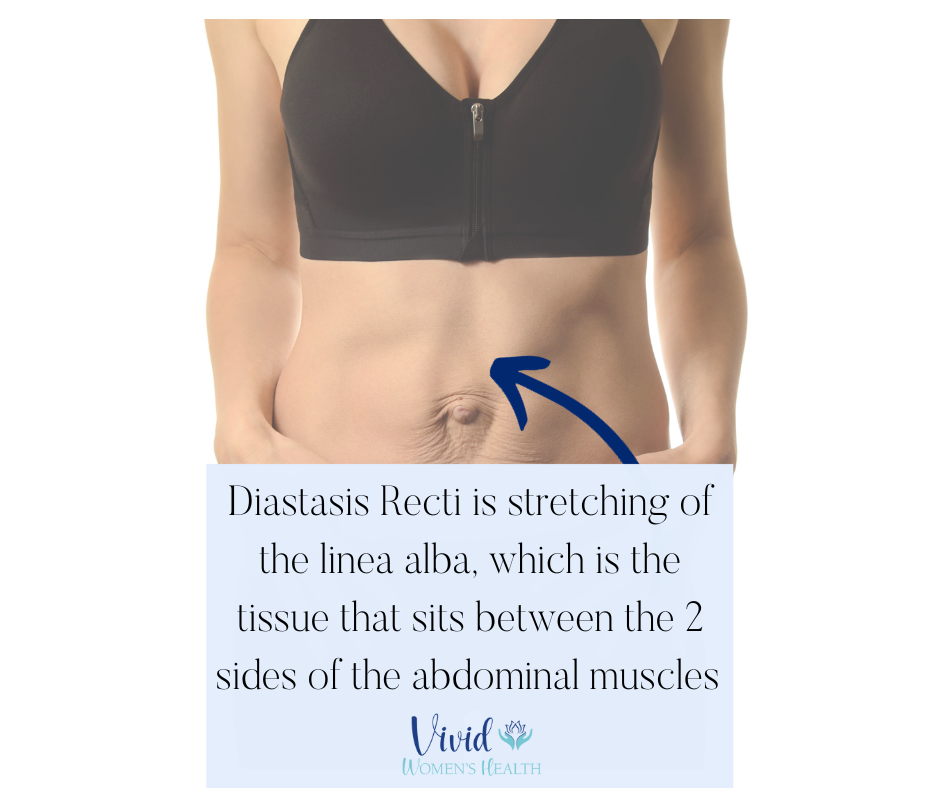Diastasis Recti Physical Therapy: Understanding and Healing
Learn about diastasis recti, its causes, and effective therapies for healing.
Diastasis Recti is a separation of the two sides of the abdominal muscles at an area called the linea alba. Diastasis Recti occurs due to stretching at the linea alba. When the linea alba is stretched, the abdominal well looks more protruded and many say that their belly looks like it has a “mommy pooch”.
There isn’t much that can be done to prevent a diastasis recti in pregnancy as it occurs at the end of pregnancy in nearly 100% of pregnant women. This is because the linea alba has to stretch in order to make room for the growing baby.
By around 6 weeks postpartum, we should start noticing significant changes in diastasis recti, with most change occurring over the first year postpartum. Genetics, lack of hydration, lack of sleep, increased stress, a rotation in the back, and lifestyle habits including keeping the core sucked in can all be reasons why your diastasis recti isn’t improving, or is slow to improve.
Diastasis recti physical therapy aims to improve the function of the core, and decrease the size of the diastasis recti. Diastasis recti physical therapists are specialty trained PTs that have advanced training in deep core retraining. The providers that specialize in diastasis recti physical therapy are often PTs that also specialize in postpartum recovery.
Diastasis recti physical therapy can begin immediately postpartum. Treatment consists of fundamental movement and breathing techniques, as well as lifestyle factors that might be playing a role. A diastasis recti physical therapist will design a treatment plan that is customized to your activity level, postpartum healing stage, and your specific functional capacity of your core.
Since diastasis recti can occur anywhere along the linea alba (from up by the ribs, to down by the pubic bone), the location of the separation will often dictate the area of treatment at diastasis recti physical therapy.
Often, if the diastasis recti is occurring around the ribs, the physical therapist will have to spend time working on rib movement, and mid back manual therapy. On the contrary, if the diastasis recti is closer to the pelvis, the physical therapist may need to focus on pelvic and hip mobility, pelvic floor activation and deep lower abdominal activation.
The key with any diastasis recti physical therapy program is one in which the core is challenged enough so that the muscles get stronger, yet not too challenging which may make the diastasis worse. This will differ for each person, as there isn’t one exercise that is “bad” for everyone with diastasis recti.
Working with a physical therapist who is trained is diastasis recti physical therapy, and having them give you an exercise program that is safe, and applicable to the things that are contributing to your diastasis is crucial part of diastasis recti treatment.
Another key aspect to a good diastasis recti physical therapy is one that helps you reconnect with the deepest layer of the core, including the transverse abdominus muscle. This muscle helps to provide tension to the area that is separated (the linea alba) and helps to improve core strength and stability.
The gold standard for diastasis recti physical therapy is use of a real-time ultrasound. The ultrasound allows us to accurately measure the diastasis, allows us to see if the diastasis gets bigger or smaller while you are doing certain exercises, and allows us to isolate the deepest layer of the core which is an important aspect of diastasis recti recovery.
When it comes to diastasis recti physical therapy, seeing a PT trained in diastasis recti assessment and treatment is important. Proper muscle activation and engagement is essential when it comes to improving the function of the abdominal wall. Talking to a physical therapist that specializes in diastasis recti therapy can absolutely benefit you and help you guide treatment.

